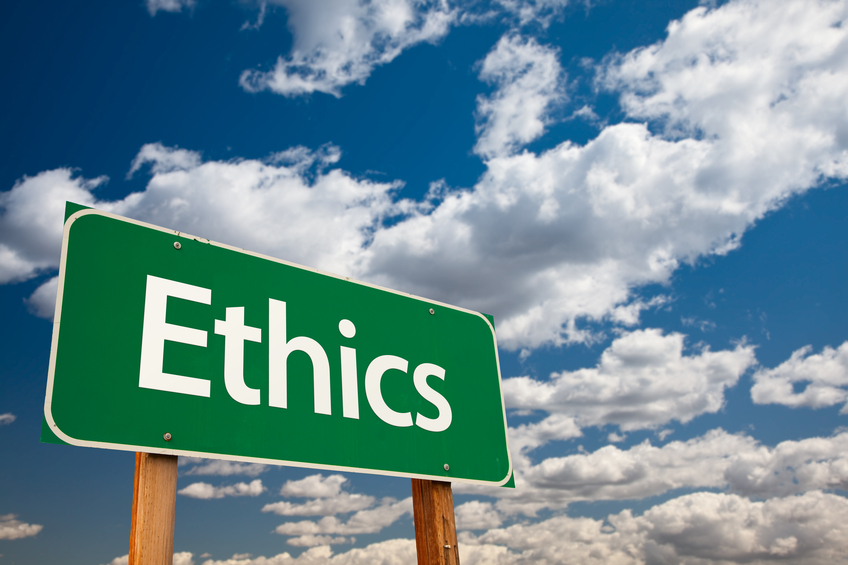North Carolina Chemical and Ethics 15 PDH Discount Package 3
Factors to Consider When Using Toxic Release Inventory Data (H01-003)
Chemical Transformation Simulator (H02-013)
Free Speech vs. Regulation of Professional Engineers (LE1-009)

This online engineering PDH course provides an introspective look into reducing CO2 emissions through comprehensive multi-sector and electric models.
The Inflation Reduction Act of 2022 (IRA) represents a significant legislative commitment to transform energy production and consumption, reduce the risks of climate change, improve environmental quality, and simultaneously spur investments that create economic opportunities. This course presents results from state-of-the-art multi-sector and electric sector models to assess how the IRA’s provisions reduce CO2 emissions.
This course is responsive to section 60107(5) of the Low Emissions Electricity Program within the IRA, which requires EPA to assess “... the reductions in greenhouse gas emissions that result from changes in domestic electricity generation and use that are anticipated to occur on an annual basis through fiscal year 2031.” This course primarily focuses on carbon dioxide (CO2) emissions because the vast majority of direct electric sector GHG emissions are from fossil fuel combustion and the increased use of clean electricity primarily offsets fossil fuel use in end-use sectors.
This 11 PDH online course is applicable to environmental and civil engineers, as well as others who are interested in gaining insight on CO2 emissions, and the solutions to reduce the negative effects of emissions.
This PE continuing education course is intended to provide you with the following specific knowledge and skills:
- Familiarizing with the emission reduction in multi-sector and electric sector models
- Gaining a general overview on the Inflation Reduction Act of 2022
- Familiarizing with the economy wide CO2 emissions analysis and results
- Learning about the key IRA provisions for the electric sector, the transportation sector, the building sector, and the industry
- Understanding sector analysis and results for electric sector, transportation sector, building sector and industry
- Learning about the different ways each sector can potentially contribute to air pollution and CO2 emissions
Upon successful completion of the quiz, print your Certificate of Completion instantly. (Note: if you are paying by check or money order, you will be able to print it after we receive your payment.) For your convenience, we will also email it to you. Please note that you can log in to your account at any time to access and print your Certificate of Completion.

This online engineering PDH course provides a comprehensive overview of the Toxics Release Inventory (TRI) data, focusing on its significance, application, and the critical factors to consider when analyzing this data.
This course highlights the role of the Environmental Protection Agency (EPA) in compiling and disseminating TRI data, which encompasses information about toxic chemicals managed by various facilities in the United States. It explores the data collection processes, the types of chemicals reported, and the regulatory framework governing these releases. This course delves into key factors that impact the interpretation of TRI data, such as the toxicity of chemicals, the routes of exposure, and the context of environmental regulations. It explores methodologies for analyzing releases, understanding waste management practices, and assessing potential risks associated with toxic chemicals in communities. By engaging with real-world examples and case studies, the course shows how TRI data can inform industry practices, regulatory measures, and public health considerations.
This 1 PDH online course is applicable to chemical and environmental engineers, as well as other technical professionals interested in learning more about factors to consider when using toxic release inventory data.
This PE continuing education course is intended to provide you with the following specific knowledge and skills:
- Understanding the purpose and significance of the Toxics Release Inventory (TRI) and its role in environmental protection and public health
- Learning how to analyze TRI data, including methodologies for interpreting toxic chemical releases and waste management practices
- Knowing the key factors that influence exposure and risk assessments related to toxic chemicals reported in TRI
- Familiarizing with the regulatory framework governing TRI reporting and the compliance requirements for facilities handling toxic substances
- Understanding the concept of source reduction and its importance in minimizing toxic releases in industrial operations
- Learning about the various tools and resources available for accessing and utilizing TRI data effectively in stakeholder decision-making
- Knowing how to evaluate industrial practices and community impacts associated with TRI-reported chemicals to inform public health initiatives
- Familiarizing with best practices for engaging with communities concerning TRI data and potential environmental concerns related to toxic releases
In this professional engineering CEU course, you need to review the course document titled, “Factors to Consider When Using Toxic Release Inventory Data”, which is based on the U.S. Environmental Protection Agency (EPA), Publication No. 260R19001, “Factors to Consider When Using Toxic Release Inventory Data”.
Upon successful completion of the quiz, print your Certificate of Completion instantly. (Note: if you are paying by check or money order, you will be able to print it after we receive your payment.) For your convenience, we will also email it to you. Please note that you can log in to your account at any time to access and print your Certificate of Completion.

This online engineering PDH course provides a guide for users on how to utilize the Chemical Transformation Simulator (CTS) tool.
The Chemical Transformation Simulator (CTS) provides the calculated physicochemical properties of a target chemical and its transformation products, which are predicted as a function of the reaction system of interest. This is accomplished through the integration of cheminformatics applications for the encoding of process science underlying transformation pathways and computational chemistry tools for the calculation of physicochemical properties.
This 2 PDH online course is applicable to chemical and environmental engineers, as well as other professionals interested in knowing how to use the CTS tool.
This PE continuing education course is intended to provide you with the following specific knowledge and skills:
- Familiarizing with the CTS tool and its restrictions
- Understanding the different CTS modules
- Learning how to execute the different CTS workflows
- Knowing how to generate reports
Upon successful completion of the quiz, print your Certificate of Completion instantly. (Note: if you are paying by check or money order, you will be able to print it after we receive your payment.) For your convenience, we will also email it to you. Please note that you can log in to your account at any time to access and print your Certificate of Completion.

This online engineering PDH course will establish the relationship between the actions of a licensing board for professional engineers and the Constitutional right of free speech.
This course discusses the background and findings of a legal case that arose when a state licensing board for professional engineers attempted to restrict the right of an engineer from speaking about a public safety issue. Actual legal documents and associated correspondence are discussed, and their implications analyzed.
The 1 PDH online course is intended for all registered professional engineers wanting to know about the relation between constitutionally protected free speech and the powers of a licensing board for professional engineers.
This PE continuing education course is intended to provide you with the following specific knowledge and skills:
- Understanding the value of free speech in discovering the best solution to technical problems
- Realizing the difference between protected and unprotected speech
- Knowing an example in which the actions of a PE licensing board was limited by the Constitutional right of free speech
- Familiarizing with the meaning of a board letter that announces the opening of an investigation
- Understanding the meaning and use of a Notice to Impose a Civil Penalty
- Understanding the significance of working outside the context of an employment or contractual relationship
Upon successful completion of the quiz, print your Certificate of Completion instantly. (Note: if you are paying by check or money order, you will be able to print it after we receive your payment.) For your convenience, we will also email it to you. Please note that you can log in to your account at any time to access and print your Certificate of Completion.